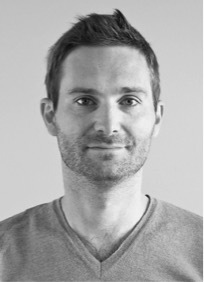
About me: I am at Space Exploration Technologies (SpaceX), where I am responsible for Entry, Descent and Landing of the Starship rocket. Starship is designed to send over 100 tonnes of payload to Low Earth Orbit, and eventually to send large numbers of humans to the Moon and Mars. Full reusability will allow this to happen for a small fraction of the price of existing launch vehicles, enabling entirely new classes of mission to explore our universe. On 5th May 2021, we achieved the first successful landing of Starship after a suborbital test hop and unprecedented 'belly-flop' style unpowered flight:
From 2011 to 2018 I was responsible for Entry, Descent and Landing of the Falcon 9 rocket, as part of our reusable launch vehicle program. My team developed the precision landing technology for the Grasshopper rocket, the F9R-Dev rocket, the F9 reusable booster stage and the Falcon Heavy boosters. In December 2015, F9 completed the world's first landing and recovery of an orbital-class booster stage, and six years later (to the day!) the 100th F9 booster landed.
You can reach me at lars [dot] blackmore [at] spacex [dot] com.
Previously I was in the Guidance and Control Analysis Group at the NASA Jet Propulsion Lab, part of the California Institute of Technology, where I developed control and estimation algorithms for NASA's future space missions.
I co-invented the G-FOLD algorithm for precision landing on Mars, and was part of the SMAP (Soil Moisture Active Passive) mission, which launched in January 2015.
In 2007 I finished my PhD at the Massachusetts
Institute of Technology in the Model-based
Embedded and Robotics Systems group, under the supervision of Brian
C. Williams. My thesis was on control and estimation of stochastic
systems, especially hybrid discrete-continuous systems, and I am currently continuing research in this area. I am particularly interested in chance-constrained optimal planning, that is, finding the best plans such that the probability of failure is below a given threshold. I am interested
in applications in autonomous air and space systems. Previous research has been in control and estimation for Formula One
racing. My MEng thesis was with the McLaren
team and Prof. Keith Glover, and in my first year at MIT I carried out a project with the Jaguar
team (now Red Bull Racing).